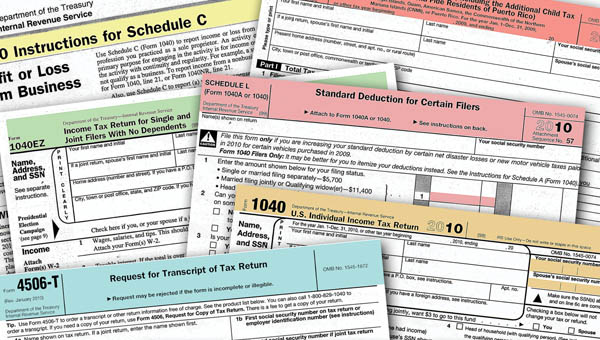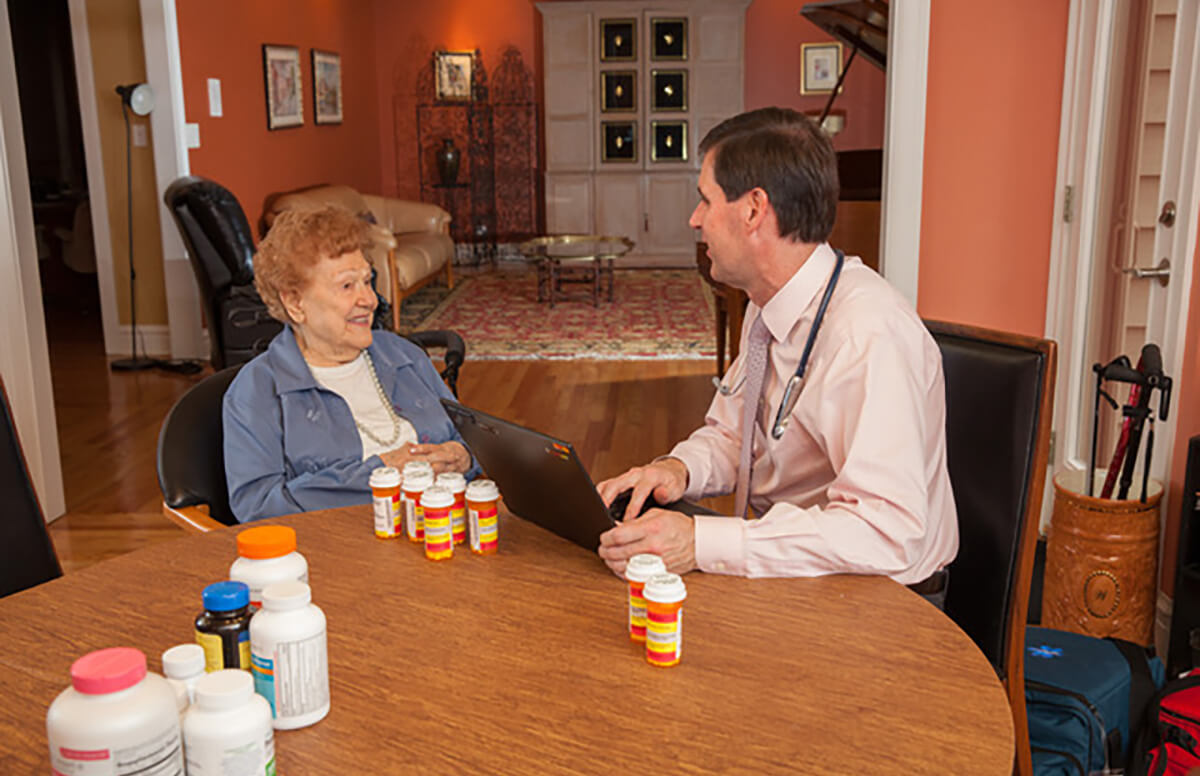At some point in our lives we may ask ourselves: “If I die and have debt, who or what will be responsible for paying back those I owe?”
One survey from Experian found that 73% of Americans are likely to die with debt. Another from Credit.com found that 73% of people who died between October and December of 2016 had outstanding debt. The average bill they left on the table was $61,554.
The laws regarding debt after death are defined by each state so there isn’t a single answer to the question above for everyone. On most occasions, the only time a family member would be responsible for your debt is if they cosigned a loan with you. People generally do not inherit another person’s debt. When we die, a new entity emerges, called our estate. An “Estate” represents your assets and your liabilities. Upon death, a legal process called “Probate” (which is the first step of administering the estate of a deceased person), will resolve your debts and distribute your remaining assets to your heir(s). Creditors may legally seize assets within your estate (money or property) in order to cure a debt owed to them. If you have no assets, your creditors may have to take a loss on your debts. Depending on the state you live in, a creditor has a fixed amount of time to make a claim against your estate for payment.
There is a legal pecking order as to who is allowed first claim to retrieve money from your estate. The higher priority goes to funeral expenses, administrative expenses, and federal taxes. The estate may then pay off expenses from the last illness and state taxes. At the bottom of the barrel are unsecured creditors, like credit card companies. Generally, all debts must first be paid by the estate before any remaining assets are distributed to an heir. An outstanding credit card balance, for example, must be paid before any money or gifts can be distributed to an heir. If there are not enough assets to pay the debts, then all assets and property will be sold to pay down as much of the debt as possible and the heir will inherit nothing.
In the case of secured debts (e.g. home mortgage or auto loans), property (which is collateral) may be distributed with its debt. For example, you own a car worth $15,000 and the loan on the car is $7,500. If you die and leave that car to someone, it will become that person’s obligation to pay off the loan. Except for certain situations (which include joint property or joint debt), creditors are unlikely to go after surviving family members when a debt cannot be paid by your estate money. The majority of married couples have joint accounts and joint debt. In these situations, a surviving spouse will be held legally responsible for the debt of their deceased spouse even if they did not generate the debt themselves. This is something that will often cause problems for surviving spouses who financially cannot pay off old debt and meet their everyday needs.
If a creditor contacts a surviving family member about a debt of a relative who has died, the family member should give the creditor the contact information of the decedent’s representative. The representative is responsible for paying any outstanding debts from the estate. If a will exists, the representative is known as the executor; if there is no will, the representative is known as the administrator.
In community property states (where married couples are considered to own their property, assets, and income jointly) credit accounts opened during marriage are automatically considered to be joint accounts. This could affect what your spouse will have to pay, depending on the debt that you incurred. The following states are community property states:
• Arizona
• California
• Idaho
• Louisiana
• Nevada
• New Mexico
• Texas
• Washington
• Wisconsin
One important exception to these general rules is if there is unpaid Federal Estate Tax. In a recent Nebraska case, a beneficiary who received property from his mother by gift and at the mother’s death was personally liable for the unpaid estate and gift tax. The beneficiary received four parcels of real estate from his mother by gift or at death. Gift and estate tax returns were not filed by the decedent or her estate. The IRS determined that the estate owed gift and estate taxes, plus penalties and interest, so the court ordered the sale of two properties owned by the beneficiary to satisfy the estate and gift tax liabilities.
To conclude, when you pass away, your estate is responsible for paying off any balances owed by you, not your family. If your estate goes through probate, your administrator (or executor) will look at your debts and assets and, guided by the laws of your state, determine in what order your bills should be paid. The remaining assets will be distributed to your heirs according to your will or state law.
Sources:
Sullivan, B. 2018, January 11. State of Credit: 2017. Retrieved from https://www.experian.com/blogs/ask-experian/state-of-credit/
DiGangi, C. 2017, March 31. Americans Are Dying With an Average of 62K of Debt. Retrieved from http://blog.credit.com/2017/03/americans-are-dying-with-an-average-of-62k-of-debt-168045/
Saret, L. 2019, September 23. Widtfeldt v. Commissioner, U.S. Dist. Court, D. Nebraska: Beneficiary Personally Liable for Unpaid Estate + Gift Taxes. Retrieved from https://wealthstrategiesjournal.com/2019/09/23/widtfeldt-v-commissioner-u-s-dist-court-d-nebraska-beneficiary-personally-liable-for-unpaid-estate-gift-taxes-sept-17-2019/ .





